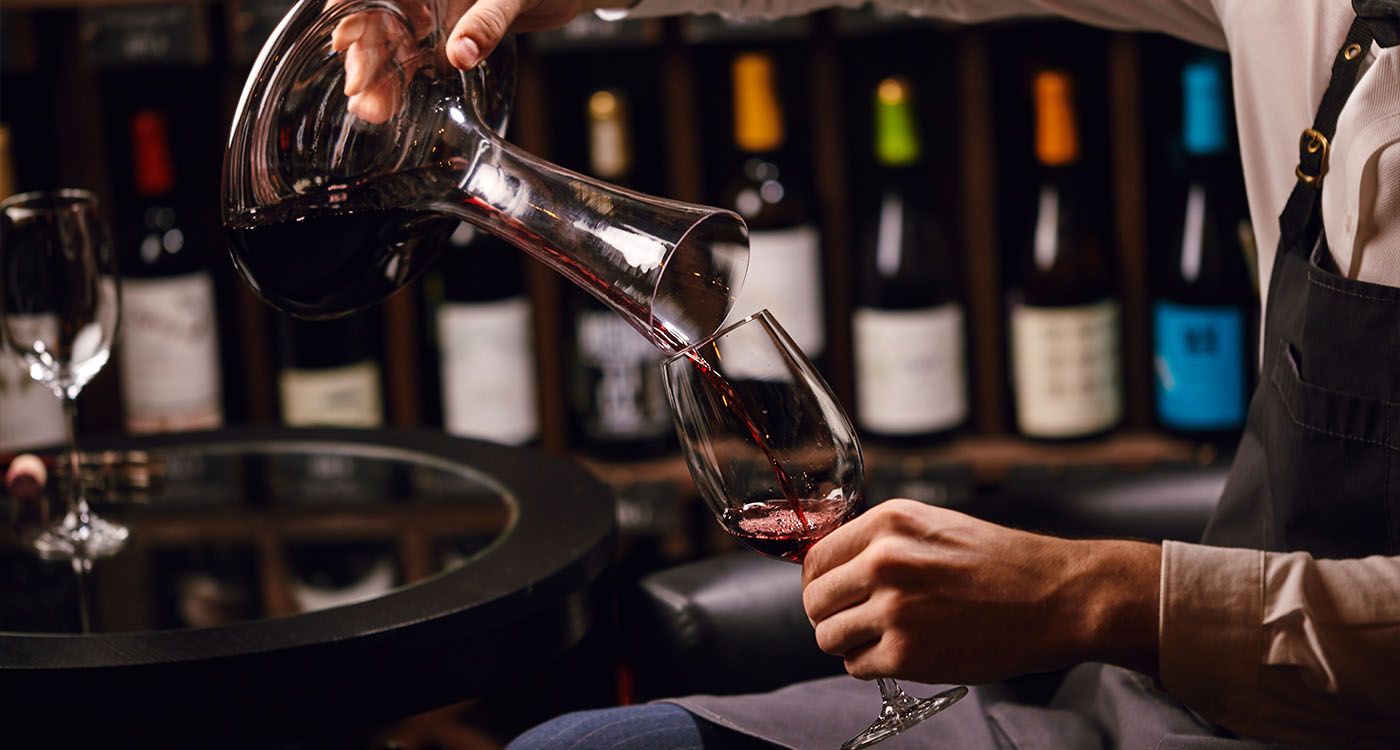
Storing wine is a delicate craft, built on care and expertise. Sommeliers and enthusiasts share their tips: the ideal temperature, the importance of darkness, and the mistakes to avoid. Each piece of advice helps preserve a wine’s character and ensures the best tasting experience, even years into the future.
Behind every great bottle lies a fragile balance. For sommeliers, the secret of a great wine doesn’t start in the vineyard or at the table, but in how it is preserved over time. One wrong move, and the aroma fades, the fruit disappears, the magic vanishes.
The first rule comes down to a single word: consistency. Wine cannot tolerate excessive heat, sudden cold, or – above all – fluctuations. “It’s not just the temperature itself, but the ups and downs that cause trouble,” says a Parisian head sommelier. The ideal is a gentle range between 10 and 15 °C, allowing the wine to age without haste. Too warm, and maturation accelerates dangerously; too cold, and the wine shuts down, freezing its aromas.
Next comes darkness. Direct light – whether from the sun or artificial sources – can harm wine, especially whites and rosés, which are more sensitive to ultraviolet rays. “We call it a taste of light – a rapid deterioration, with a strange, almost metallic aroma,” warns a wine merchant. Traditional cellars are often underground and windowless for a reason: they provide near-total darkness, the ideal environment for wines to mature stress-free.
Humidity also plays a quiet but crucial role. If it’s too dry, the cork shrinks, allowing air in, which leads to oxidation and a loss of freshness. Too much humidity, on the other hand, promotes mold, damaging both the cork and the label. Sommeliers aim for a humidity level of 60 to 70 percent – a delicate balance that preserves the cork while protecting the bottle. Some even use hygrometers to track this invisible yet decisive factor.
Mistakes to Avoid, Tips to Remember
There’s little room for error when storing wine. Leaving a bottle upright for months can dry out the cork, causing it to shrink and let oxygen in. That’s why wines with natural corks are best stored on their side, keeping the stopper gently moistened by the wine. Screw-cap bottles are more forgiving, but for truly optimal aging, a quiet, horizontal cellar is hard to beat.
Temperature must also remain steady. Sliding a red wine from room temperature straight into the fridge, then back to warmth, exposes the bottle to risky fluctuations that can crack the cork or even break the glass. Sudden changes also threaten sparkling wines: one sommelier recalls seeing a champagne cork pop on its own after poor handling in the summer.
Another often-overlooked concern is exposure to strong odors. Wine, being a living product, can absorb the scents around it. Strong cheeses, fresh paint, gasoline, or household cleaners – it’s best to keep them at a distance, especially when bottles are stored outside a traditional cellar. Seasoned collectors know that even the glue on a shelf or new wood can interfere with a delicate vintage.
Finally, patience remains a wine’s best ally. Bottles meant for aging do best in calm surroundings. Sommeliers avoid handling them unnecessarily, moving them, or exposing them to regular vibrations – from a fridge, a washing machine, or even construction in the building. “Wine that’s disturbed too often doesn’t age well. It needs rest, just like us,” smiles a Bordeaux wine merchant.
The Right Touch, a Promise of Pure Pleasure
Even just a few bottles deserve this care: a small, dark corner with stable temperature, corked bottles lying on their sides, away from strong smells and vibrations. Today’s wine coolers offer modern solutions for those living in apartments.
At the end of this careful journey, the reward awaits: a well-preserved wine, intact and vibrant, ready to reveal the full richness of its story when opened. Behind every popping cork lies the memory of time well kept and the promise of shared enjoyment – simple, precious, and unforgettable.


Comments